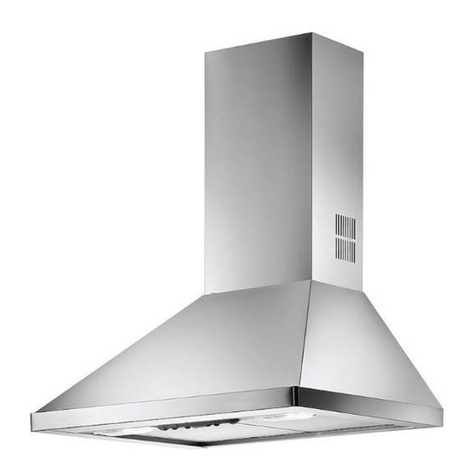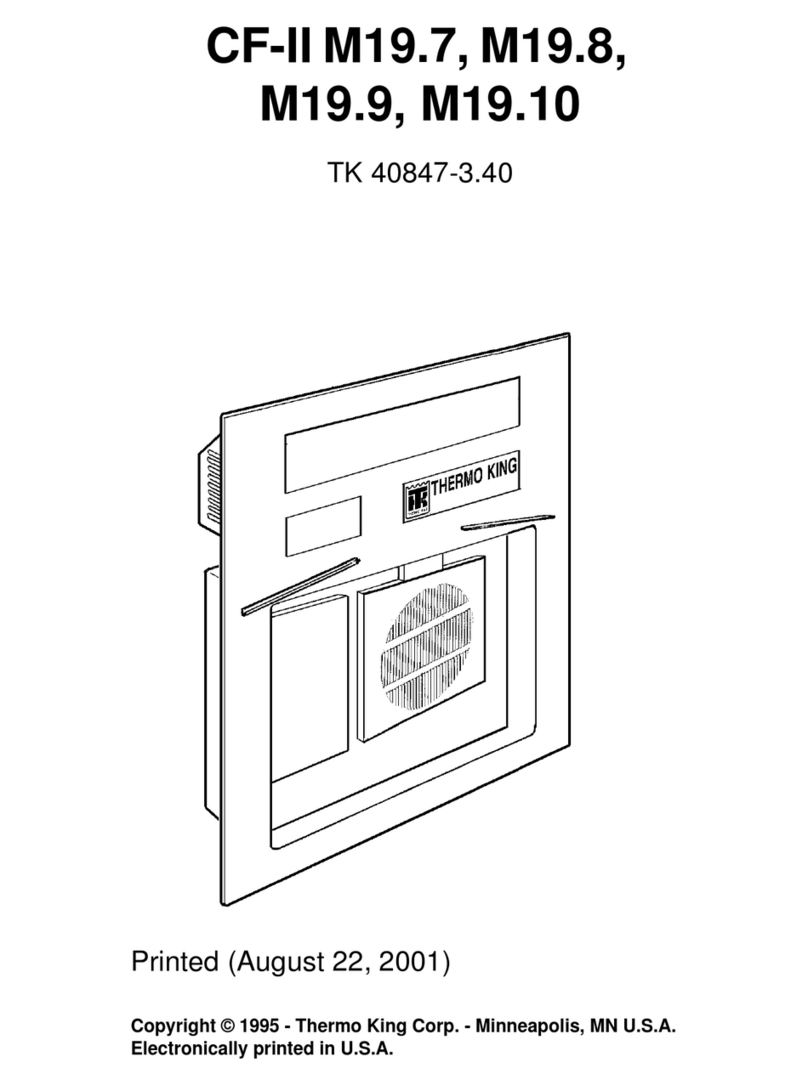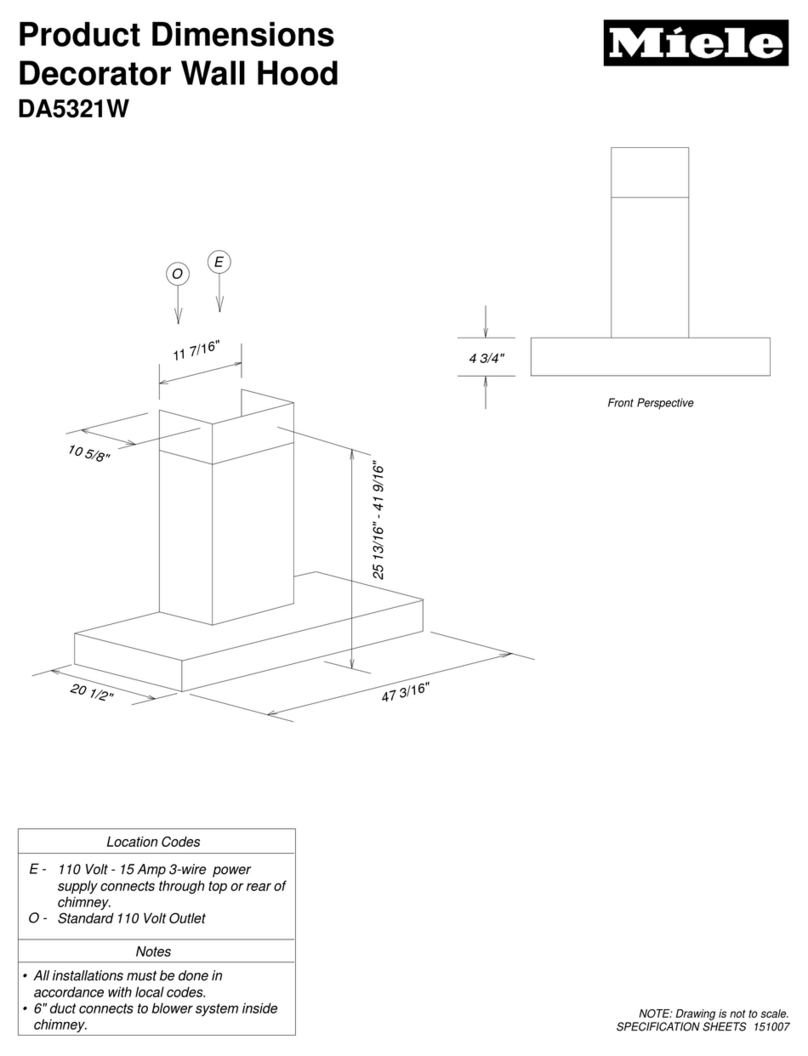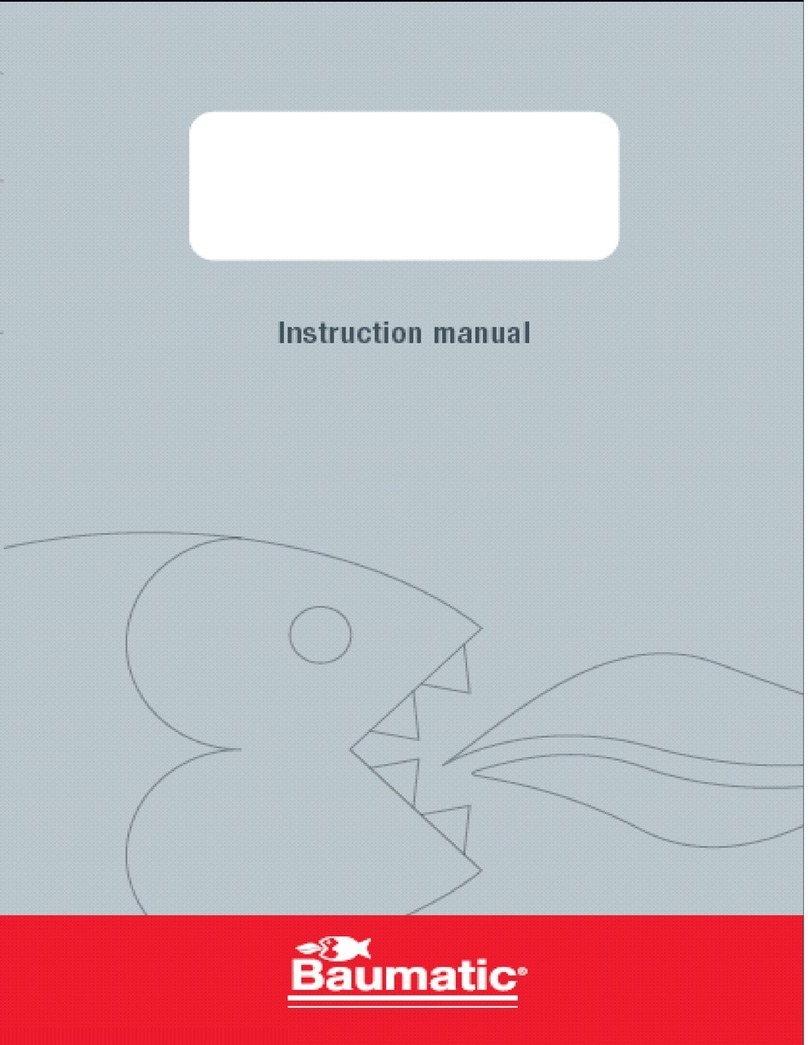Classique CLRH90XCLSS Instruction Manual




















Table of contents
Other Classique Ventilation Hood manuals
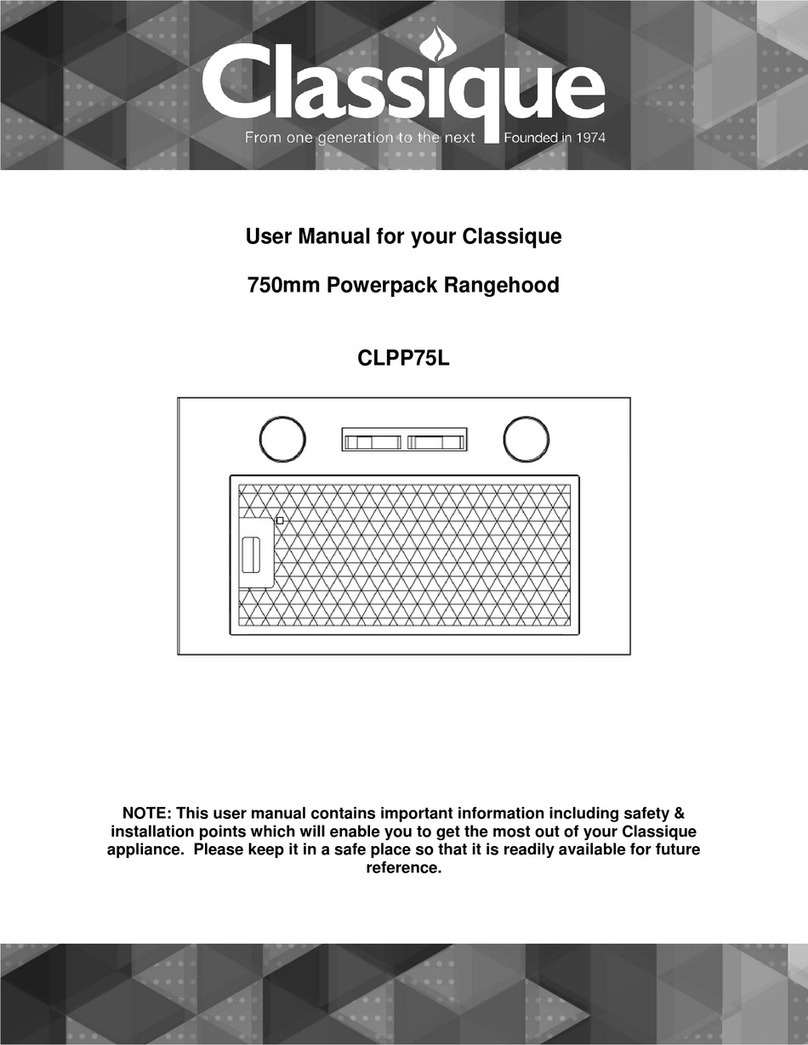
Classique
Classique CLPP75L User manual

Classique
Classique CLH60SLMSS User manual
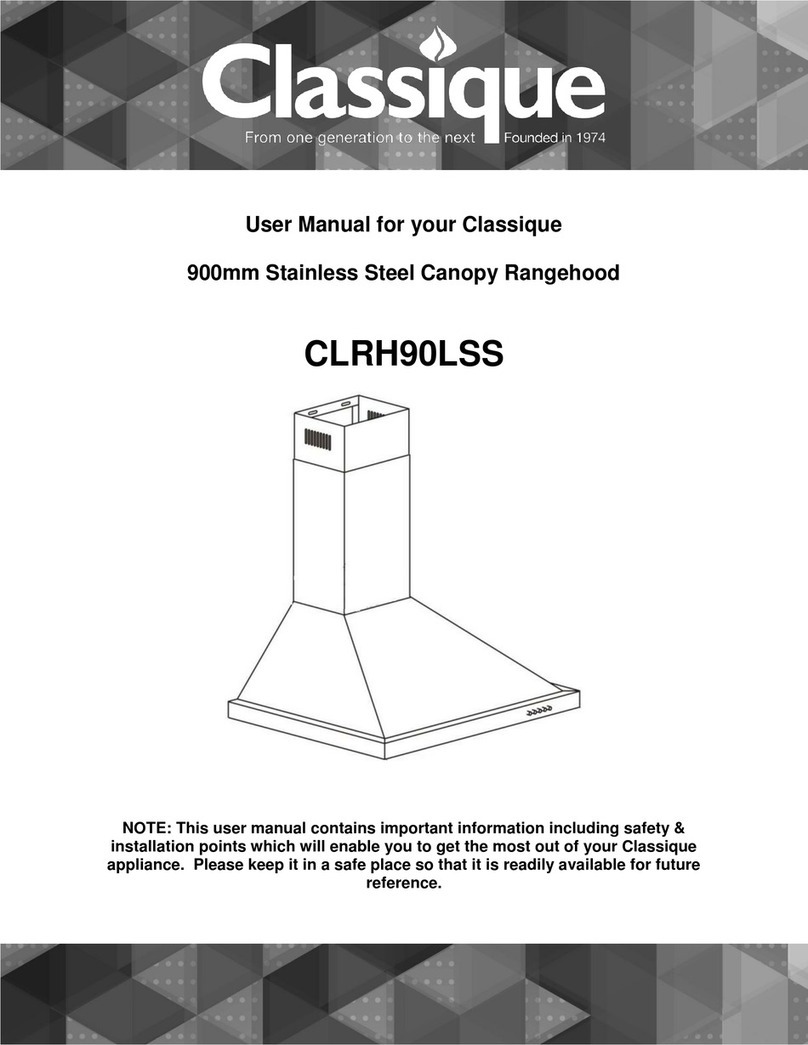
Classique
Classique CLRH90LSS User manual
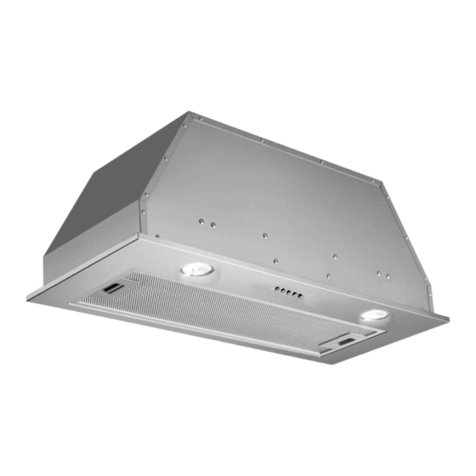
Classique
Classique CLPP52L User manual
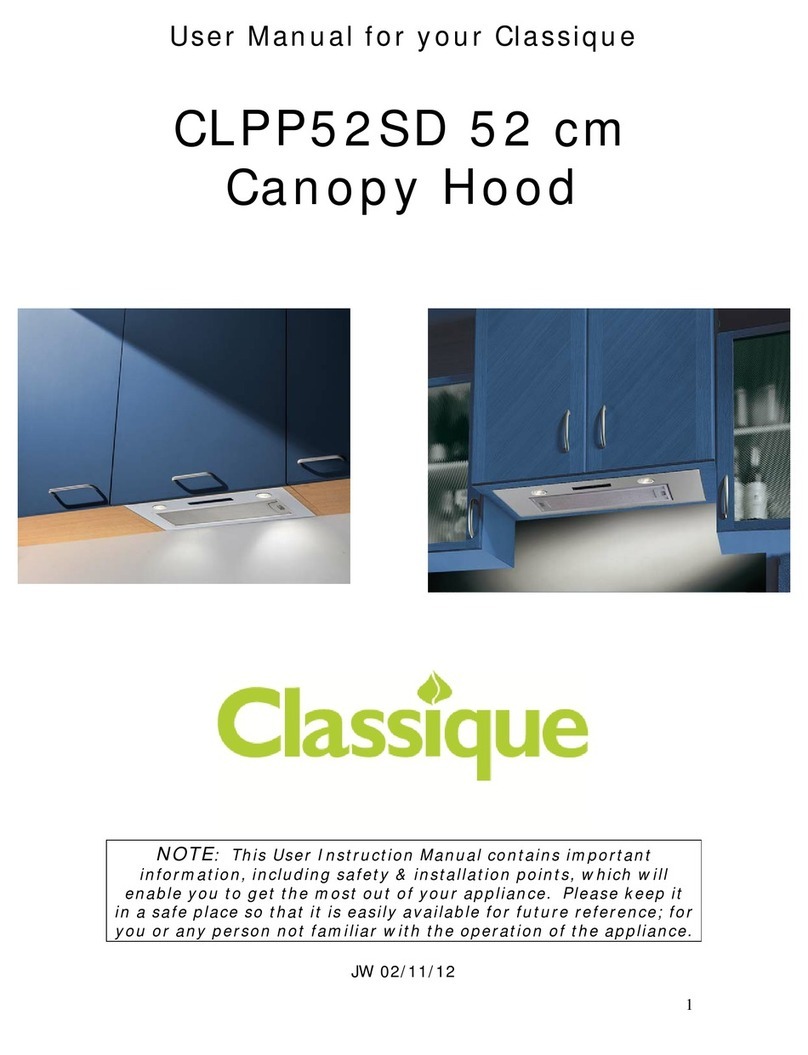
Classique
Classique CLPP52SD User manual
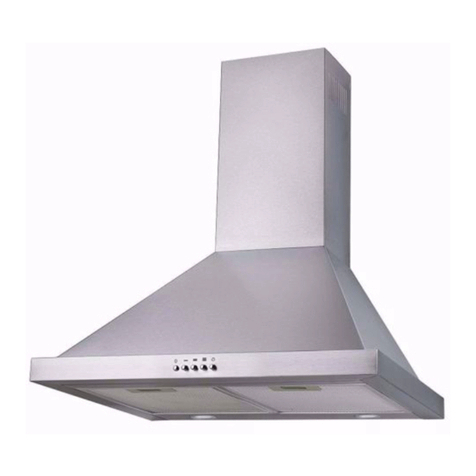
Classique
Classique CLRH60LSS User manual
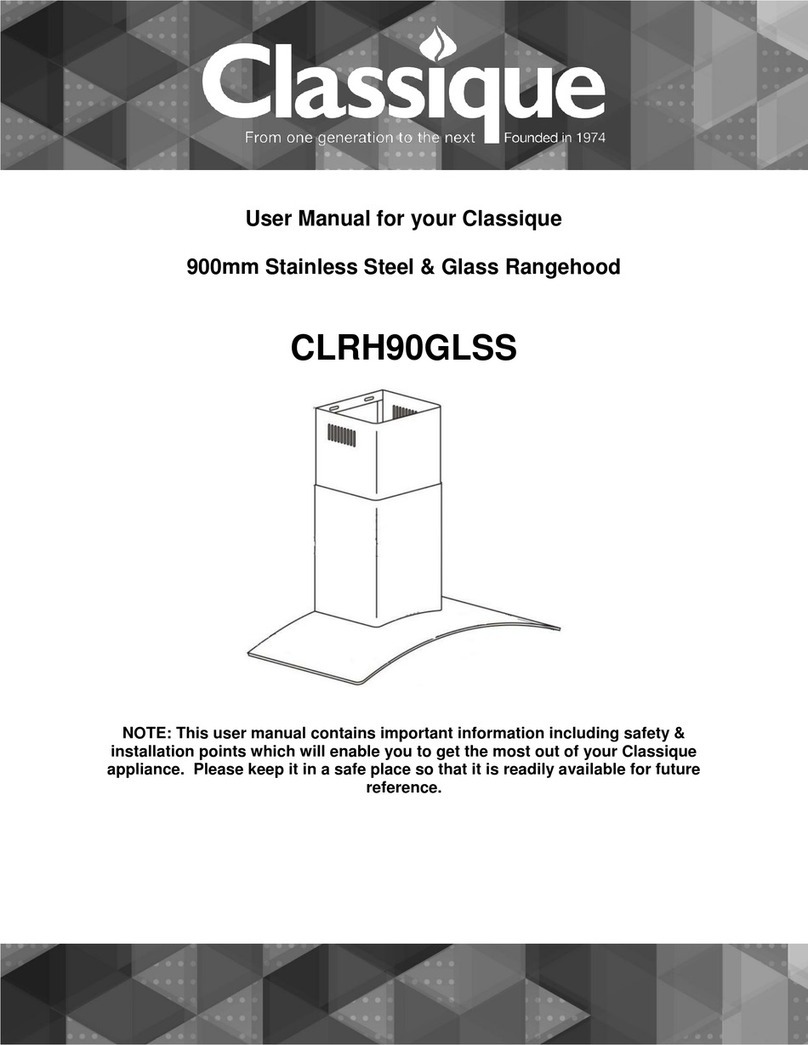
Classique
Classique CLRH90GLSS User manual
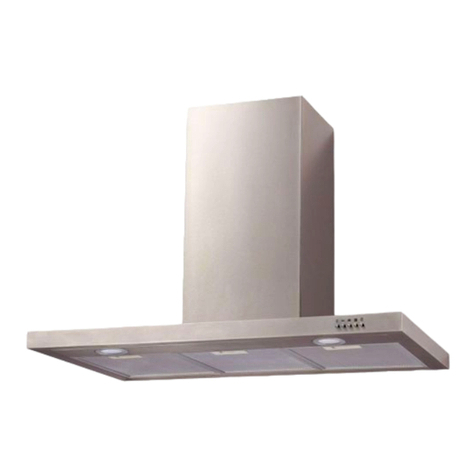
Classique
Classique CLRH60BLSS User manual
Popular Ventilation Hood manuals by other brands
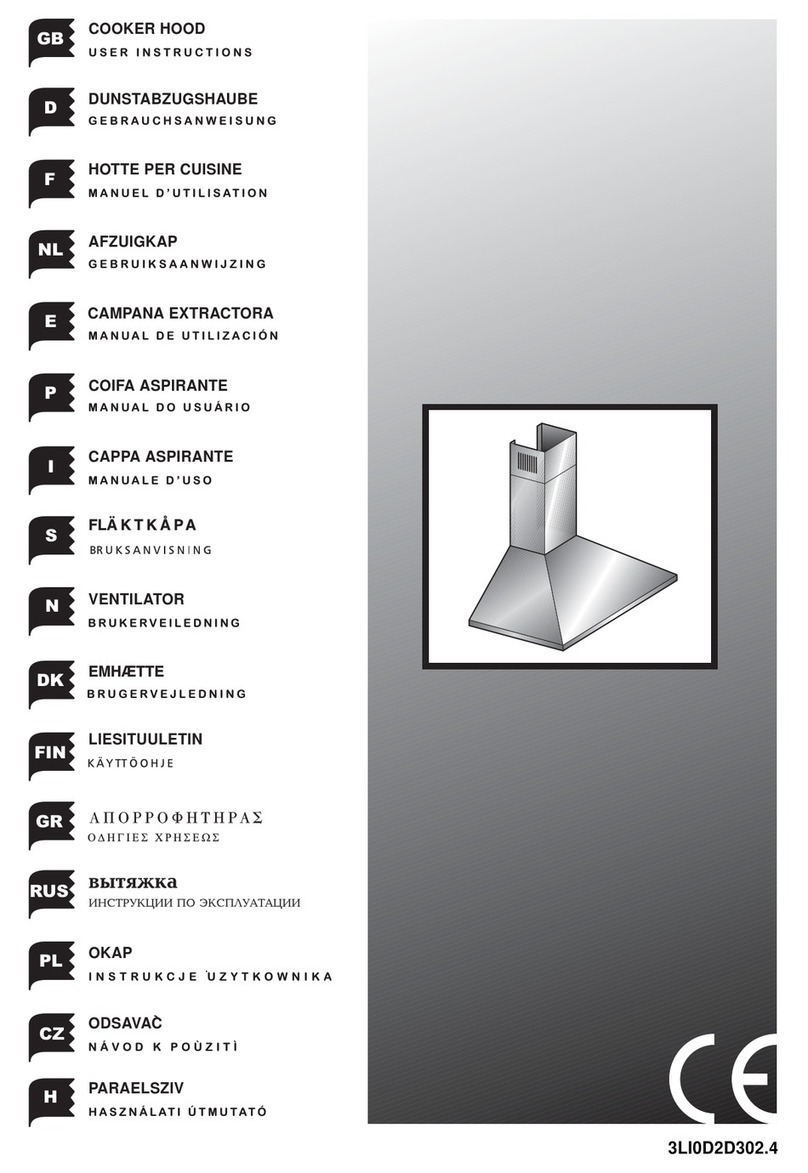
ETNA
ETNA A4400TRVS/E02 User instructions

Pando
Pando E200/110 Installation, use and maintenance instructions
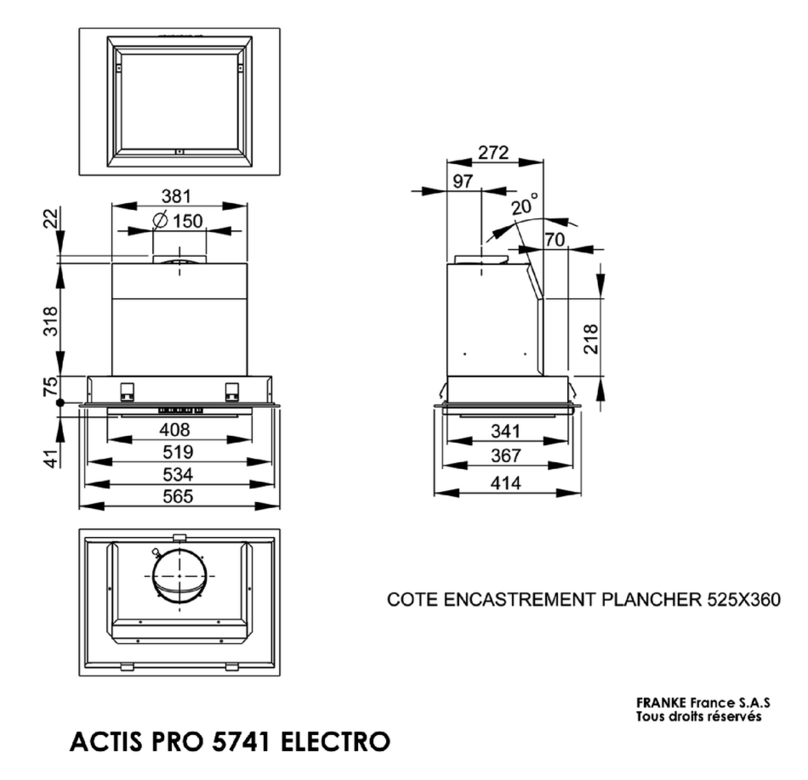
ROBLIN
ROBLIN ACTIS ELECTRO 5741 Dimensions

Kleenmaid
Kleenmaid RHU60 Instructions for use and warranty details

Stirling
Stirling STR-SRH instruction manual

Bertazzoni
Bertazzoni KIN 36 PRO X Instruction booklet

Franke
Franke FGB 906 IS AC Instructions for use and installation

ELICA
ELICA LULLABY WH WOOD/A/120 Instruction on mounting and use

Best
Best CC34E6SB instruction manual
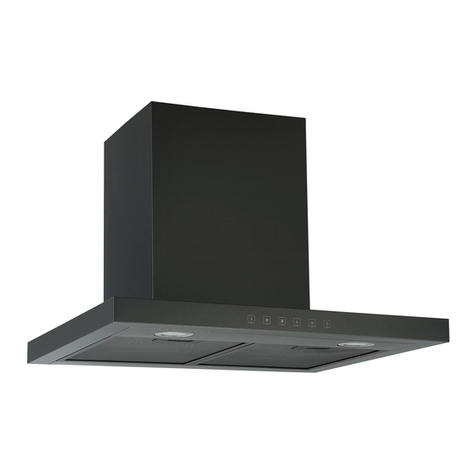
Respekta
Respekta CH 44060 BSA+ Installation & Operation Insruction
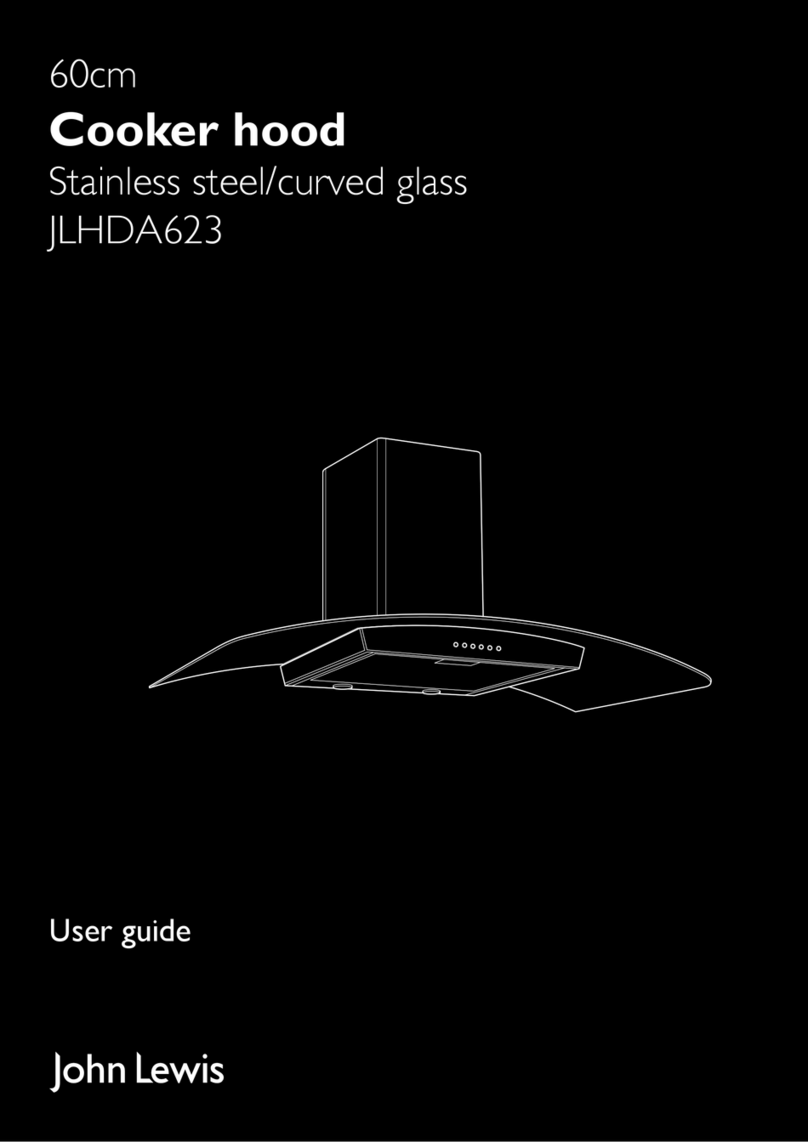
John Lewis
John Lewis JLHDA623 user guide

ELICA
ELICA Santo ESN130 Installation instruction guide
